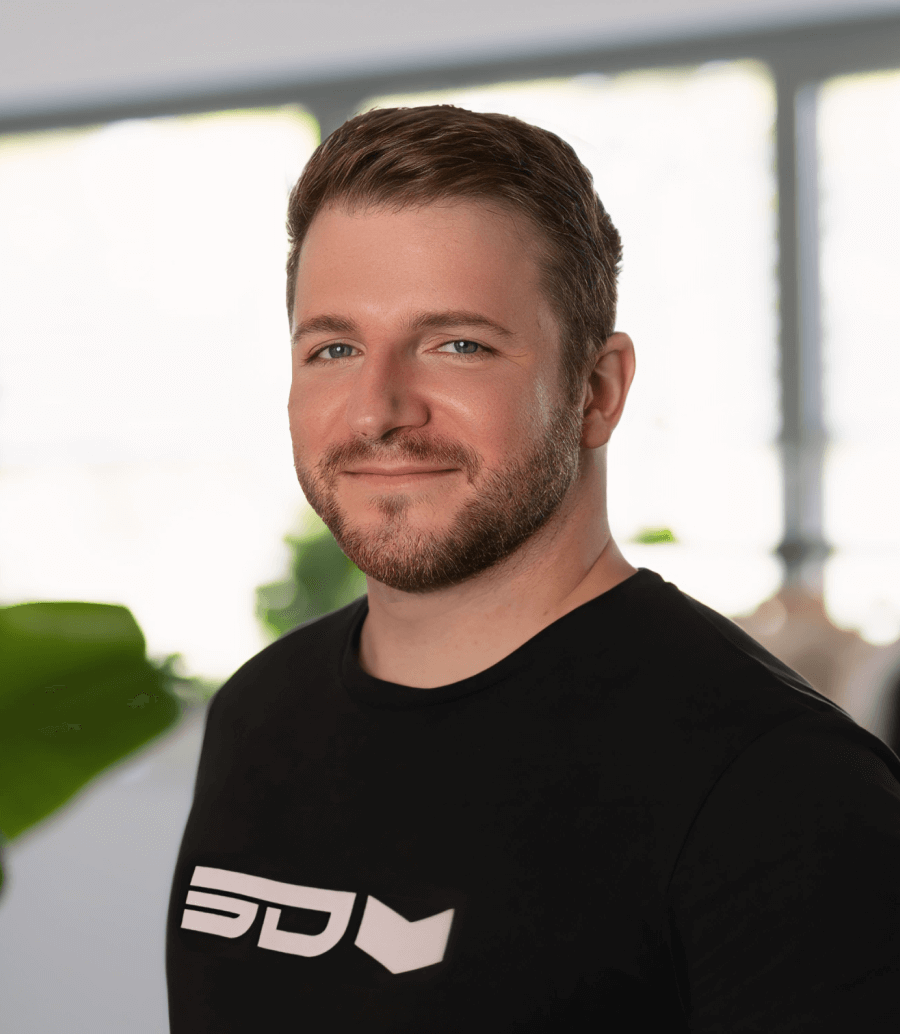You got questions?
Is it possible to upscale or downscale models?
You can upscale or downscale our models, but modifications might be necessary because our planes are designed for a specific size. Scaling can affect various aspects such as tolerances, servo pockets, motor mounts, and carbon spars. Additionally, the structural design might not withstand the increased forces when upscaled or could result in a heavier plane when downscaled. Therefore, it’s not recommended or advisable to scale the models unless you are prepared to make significant adjustments.
Is it possible to use regular PLA instead of LW-PLA?
If both materials are suitable for printing a specific plane, it will be clearly stated. Generally, using LW-PLA is preferred because it is lighter, which enhances performance in most cases. This is especially important for 3D aerobatic planes where minimizing weight is critical. However, some planes can be printed with other materials as well. Just ensure that you can still achieve the correct center of gravity (CG).
Are soft LW-PLA parts considered normal?
Yes, some parts might feel soft individually. However, once they are glued together, the overall structure will be strong. All our planes are tested for durability and can handle high-G maneuvers without any issues.
What should I do if the ribs aren't connecting to the outer surface?
If you notice that the ribs aren’t connecting properly when using LW-PLA, you should calibrate your printer according to the instructions provided with the download files. This issue could be caused by high temperature, low flow, fast printing speed, or an uncalibrated extruder. If you’re using regular PLA, increasing the flow might resolve the issue.
How can I minimize Z-wobble on tall parts?
Bed slinger 3D printers often experience Z-wobble due to the large moving mass, which creates more vibrations. To reduce Z-wobble, try lowering the print speed for thin and tall parts and ensure the part adheres well to the bed. Increasing the number of brim walls can also help.
Get in touch
Let's take flight together!
Norman Berg
Founder of 3DBlackbox
